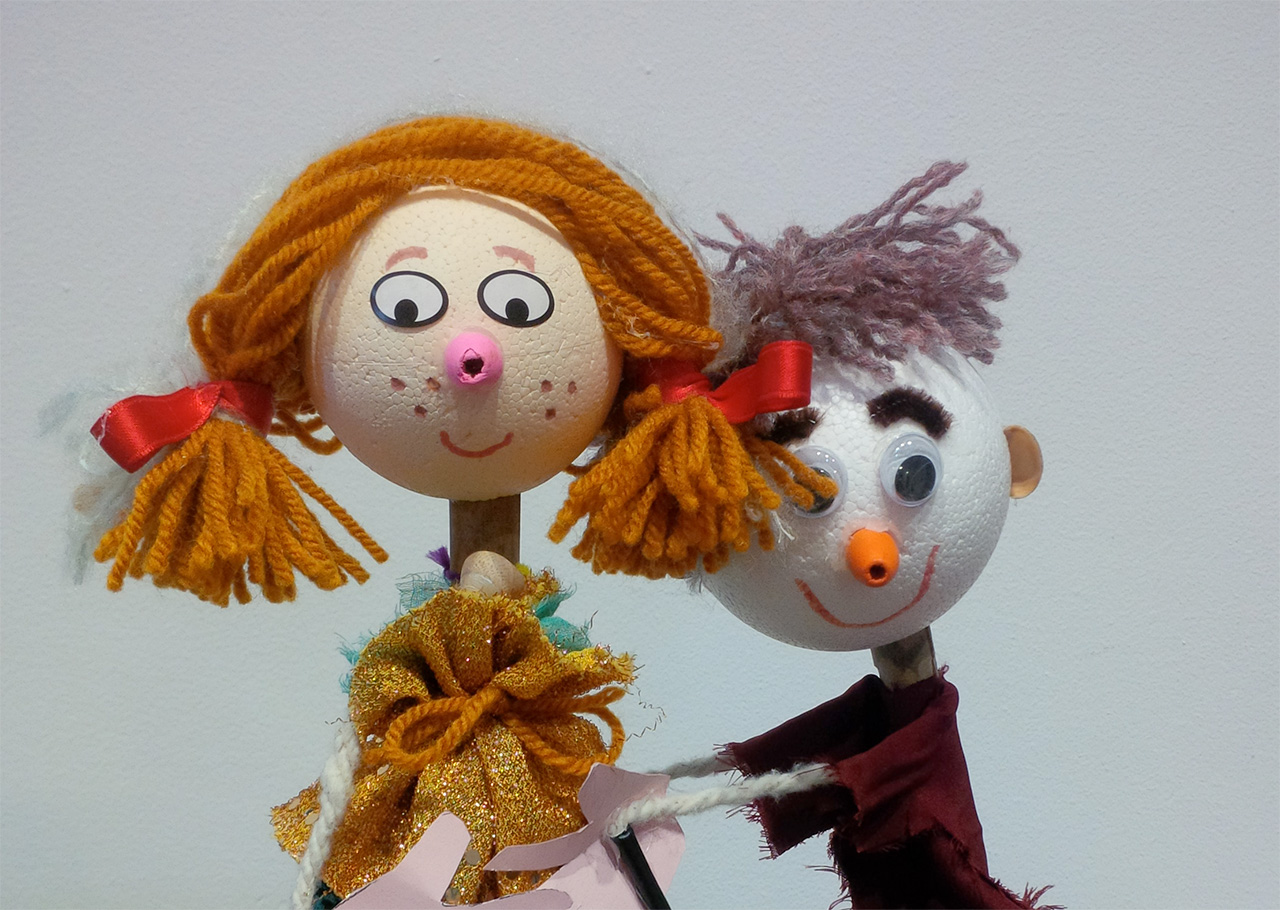

Larger figures of about one metre sometimes have a more substantial support rod which reaches almost to the ground, whilst life-size ones, particularly used in Beijing, have a rod that sits in a holder in a leather belt worn by the performer. The puppeteer’s left hand manages the two arm rods which are operated from below but are bent to follow the line of the arms inside the under costume. The head rod passes through a ring in the top of an under costume which is held in place by a small wooden pin running through the rod below the ring. This is often equipped with strings to allow for movement of eyes, eyebrows, the mouth, and even the ears. Small figures of 50 centimetres or less have a head mounted on a short rod or handle held in the right hand. The wayang klitik is a flat figure, carved in relief with articulated leather arms and is operated in much the same way as the wayang kulit, but without a shadow screen.Ĭhina has/had a huge variety of different styles of puppet but the rod puppet is one of the most widely used, especially in Guangdong province.

Many figures, especially comic and grotesque ones, like the marotte, have only a basic support rod and the arms are incorporated into the overall silhouette. Arms are articulated at shoulder and elbow and are disproportionately long, especially in Java. Occasionally a string mechanism comes into play to allow an articulated jaw to function. This is often a bent piece of bamboo or buffalo horn that follows the contours of the figure to ensure maximum support. The wayang kulit or leather shadow figures, where head and body are cut in one piece, likewise have a support rod that is held in the hand. Arms, articulated at the shoulder and elbow, are controlled by lighter rods tied to the hands. This arrangement allows the dalang to turn the head of the puppet without turning the body. At the top it emerges, often tapered, and the head of the figure is planted on it. The diameter of the control rod is reduced at the point where it enters a hole that runs through the carved torso. This allows the dalang to stock characters on either side till they need to appear, or to multiply the number of figures onstage. The central control rod tapers to a point at the bottom so that it can be jammed into the fibrous banana log that runs along the base of the stage. In most cases it has a long batik sarong and is without legs, but in the northern Japara region of West Java figures were sometimes provided with legs. The wayang golek is the standard rod puppet today and is thought to date back to at least the 16th century. The rod puppet is the most common form in Indonesia, whether for three-dimensional figures or for shadows. In Paris in the 1950s, La Compagnie du Manifole of Yves Vedrenne and Geneviève Serreau devoted itself especially to the technique of the marotte. Today glove-puppeteers such as the Niemen family of Piedmont have continued to use this type of puppet for additional less important roles. The marotte appears quite frequently on the mamulengo stages of Brazil, where it generally mixes with other types of rod and glove puppets. On the Italian glove puppet stage the marotte has been used for a very long time, normally for a female puppet whose main role is to dance, and who is given full- length arms which can swing around.

In Northern Italy there are indications that figures of this sort may have been used to perform plays at the end of the 18th century.

At its simplest the rod puppet is a basic marotte or stick puppet operated with a single rod. It is ubiquitous in many puppet traditions, but the term was more generally employed in Europe only from the middle of the 20th century. A rod puppet is a figure operated from beneath by means of wooden or metal rods.


 0 kommentar(er)
0 kommentar(er)
